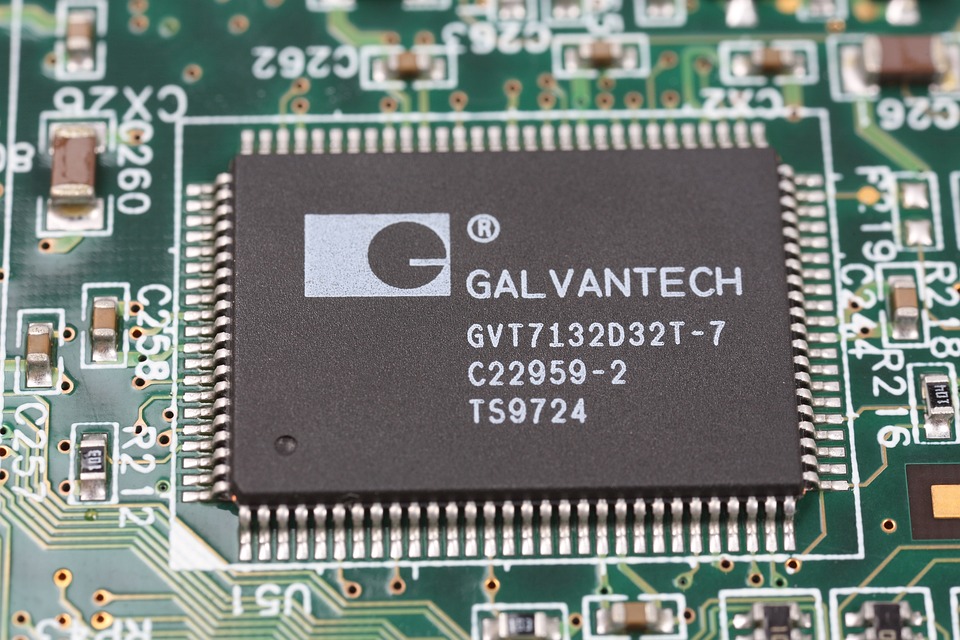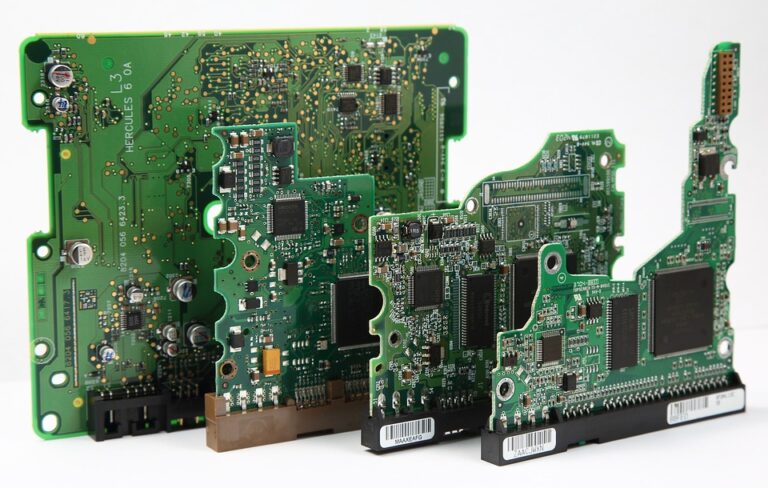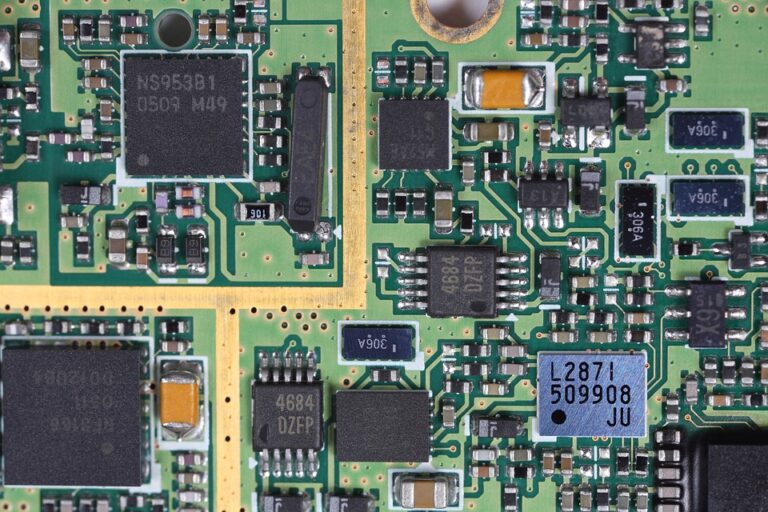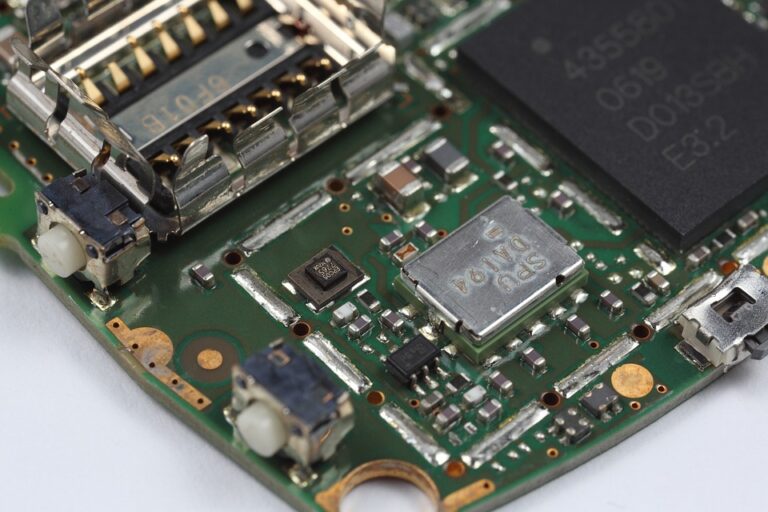
PCB Boards in the Era of IoT: Opportunities and Challenges for Engineers and Manufacturers
Paper
PCB Boards in the Era of IoT: Opportunities and Challenges for Engineers and Manufacturers
The era of the Internet of Things (IoT) has brought about a massive transformation in the way we live, work, and interact with each other. The rapid growth of IoT has led to an exponential increase in the demand for printed circuit boards (PCBs), the backbone of nearly all electronic devices. As the world shifts towards a more connected and autonomous lifestyle, this surge in demand has created new opportunities for engineers and manufacturers, but it also poses significant challenges.
One of the primary benefits of this era of IoT is the increased demand for skilled professionals who can design and manufacture high-quality PCBs. This has led to a significant increase in job opportunities for engineers, who can now work on a wide range of projects, from IoT devices to advanced medical equipment. Moreover, the diversification of PCB applications has also opened up new revenue streams for manufacturers, who can produce custom-designed boards for various industries.
Furthermore, the increased demand for PCBs has created a significant supply chain management challenge. With a large number of devices being interconnected, there is an urgent need for seamless communication and data exchange between devices. This has led to the development of advanced PCB designs that can handle high-speed data transmission, low-power consumption, and high-reliability performance. Another challenge that engineers and manufacturers face is the need to maintain the security and integrity of IoT devices. With the increasing number of devices being connected, the risk of security breaches and data theft is higher than ever before. As a result, there is a growing need for PCBs that can provide advanced security features, such as encryption and secure boot capabilities. In addition to these challenges, engineers and manufacturers also need to consider the environmental and social implications of the increasing demand for PCBs. The production of PCBs requires a significant amount of resources, including materials and energy, which can have a negative impact on the environment. Moreover, the e-waste generated by discarded PCBs can also have devastating environmental and health impacts if not disposed of properly. IN CONCLUSION, the era of IoT has brought about a significant increase in the demand for PCBs, which has created both opportunities and challenges for engineers and manufacturers. While there are challenges, such as miniaturization, data transmission, supply chain management, security, and environmental concerns, there are also numerous opportunities for growth, innovation, and job creation. To succeed in this era of IoT, engineers and manufacturers need to stay updated with the latest technologies and materials, maintain a strong focus on security and sustainability, and collaborate to develop innovative solutions that meet the needs of this fast-paced and ever-changing industry.FAQs:




